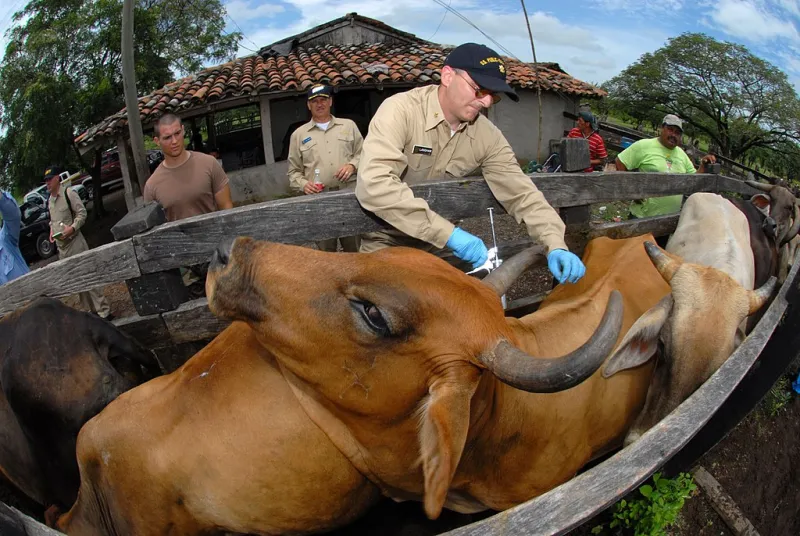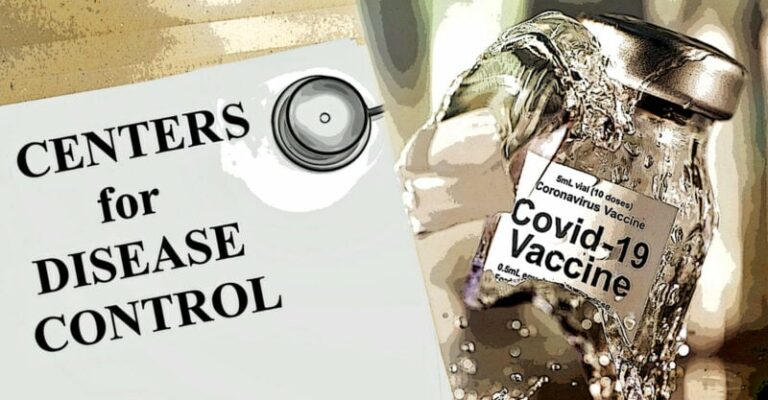Bird flu in cattle (part 2) – alleged infection is a technical fake
Source: TKP.at, Siguna Müller, Ph.D., Ph.D., 13 May 2024
In Part 2 of this series, I will go into more detail about the concerns expressed in Part 1. A new preprint on this topic, which I submitted on 10 May, has just been accepted at OSFPreprints.
Here is the abstract of “Bird Flu in Cattle – Strong Evidence the Alleged Infection is a Technical Falsehood“:
Recent reports of avian flu infections in cattle in the US have raised concerns that (unpasteurised) milk or meat from affected animals may be unfit for consumption and raised fears that the virus could evolve, spread to humans and cause another major pandemic with a much higher mortality rate than COVID-19. Identifying the virus infection in cattle based on PCR testing in mild or asymptomatic cases raises similar questions to the COVID-19 pandemic. In the meantime, the USDA [US Department of Agriculture] has published the genetic information of the avian influenza virus, which appears to have been isolated from numerous hosts such as birds, cattle and other mammals.
This article provides an independent analysis of what is meant by “positive cases” and the “confirmed” presence of the virus. In particular, a closer look at the genetic analysis reveals several gaps similar to those only recently discovered using whole genome sequencing protocols, which remain largely unexplained. Infection of cattle poses an additional challenge due to the environmental viral genome fragments to which these animals are constantly exposed. The problem of contamination by off-target gene fragments in whole genome sequencing has been largely underestimated, even in much simpler contexts such as the sequencing of bacterial isolates. The nature of contamination in the context of H5N1 and cattle is more complex and has apparently never been considered and appears to be technically difficult to resolve, if possible at all.
Combined with several other considerations, this strongly suggests that the presumptive confirmed positive cases are simply the result of a technical error. The publicly available genomic data from WGS is likely to be heavily biased and will therefore affect all downstream analyses. The article concludes with recommendations to restore public confidence in the health authorities and their recommendations.
Essentially, I could not find a convincing argument to prove that the cattle are infected with a live virus. So far, the alleged presence of the virus in cows that do not show specific symptoms is based largely on (1) PCR routines with CT levels in the 30s (up to 40 samples are considered positive) and (2) genetic information.
In the preprint, I argue that the genetic routines are likely to contain substantial errors. This is based on the following observation.
Suggest a correction





![A Call to Europe: The Future of Our Children is at Stake – Historical Press Conf. in Brussels Jan 23 [12 Videos with Subtitles]](https://childrenshealthdefense.eu/wp-content/uploads/2022/01/chdeu-brussels-768x400.jpg)

